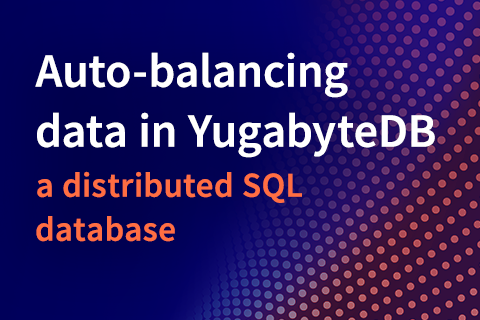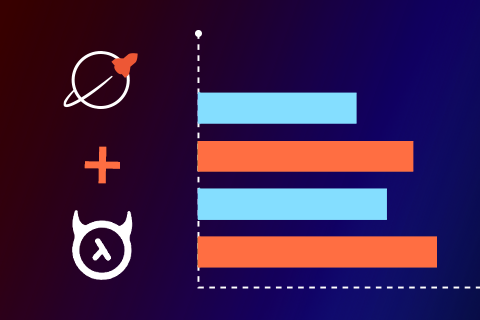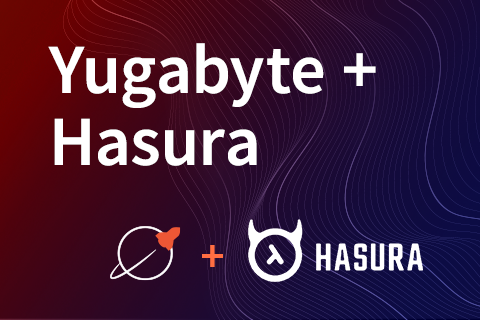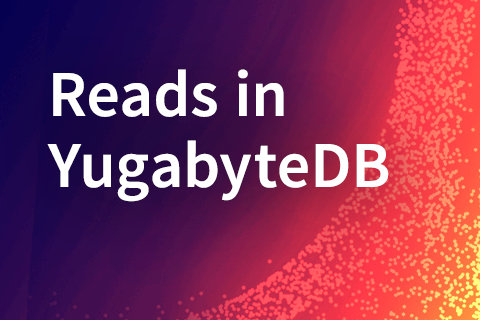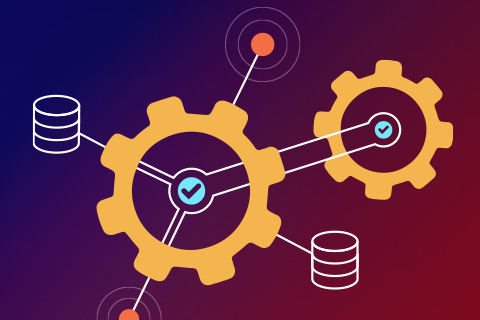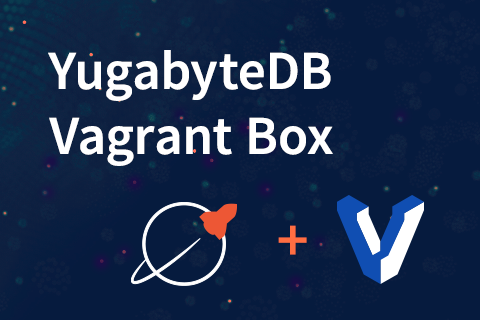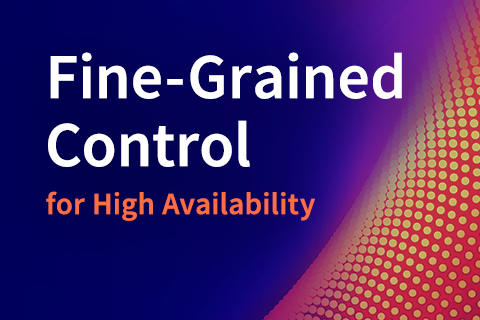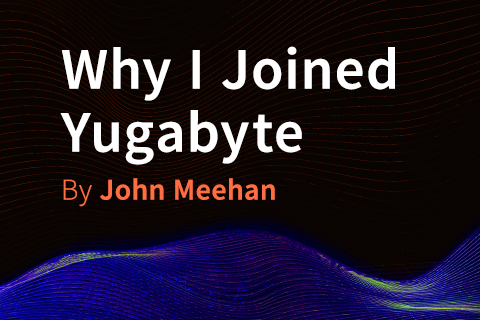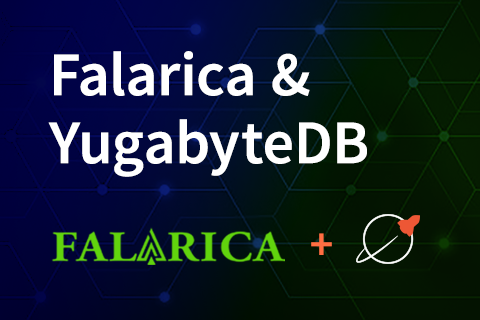Auto-Balancing Data in YugabyteDB, a Distributed SQL Database
YugabyteDB is a distributed, fault tolerant and highly available database with extremely low latencies for reads and writes. Data in YugabyteDB is sharded, replicated and balanced across multiple nodes that can potentially be in different availability zones, regions or even clouds for that matter. In this blog post, we look at how data balancing happens in YugabyteDB and some of the key features of YugabyteDB’s “Cluster Balancer.”
The cluster balancer runs once every second.
…
